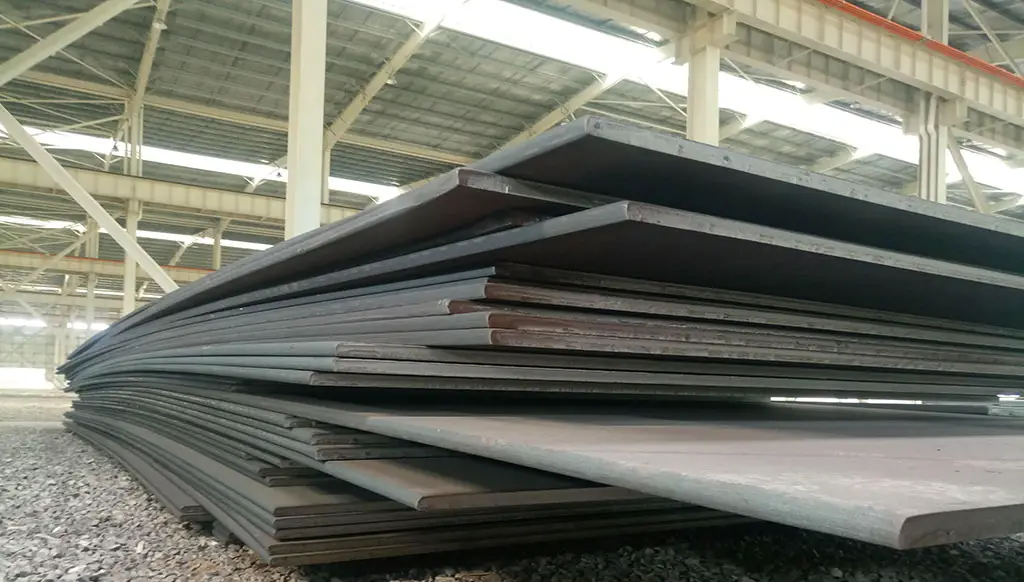What are Wear Plates?
Wear plates are essential elements that protect surfaces from damage caused by friction, impact, abrasion, and other types of wear-related damage. Typically made from durable materials like steel, wear plates are designed to withstand harsh weather conditions, heavy loads, and high levels of wear and tear in industrial settings. This article will delve into the types of wear plates, their functions, and their applications.
Types of Wear Plates
Several types of wear plates are available in the market, each designed for specific applications. Here are the most common types of wear plates:
Chromium Carbide Wear Plates:
Chromium carbide wear plates are made of a high percentage of chromium carbide particles deposited on the steel base through hard-facing processes. These plates can withstand high impact, abrasion, and heat, making them ideal for mining, cement, power, and other heavy industries.
Tungsten Carbide Plates:
Tungsten carbide plates are made from tungsten carbide particles, which are densely packed and boiled in a steel mould. The result is a highly durable plate that can withstand extreme wear and tear in abrasive applications like construction, mining, and agriculture.
Ceramic Wear Plates:
Ceramic wear plates are made from a highly durable alumina and silicon carbide material. They can withstand high temperatures, abrasion, and corrosion, making them ideal for mining, power generation, and chemical industries.
Hardox Wear Plates:
Hardox wear plates are made from quenched and tempered steel, which undergoes a unique production process to optimize its strength and durability. These plates are commonly used in mining, quarrying, and construction industries, where they protect vital machinery parts from damage and wear.
Functions of Wear Plates
The primary function of wear steel plates is to protect vulnerable surfaces from damage caused by wear and tear. Additionally, they help extend the machinery's lifespan by minimizing the need for frequent repairs and replacements. The following are some functions of wear plates:
Protecting vital machinery parts:
Wear plates are commonly used to protect vital machinery parts from wear and tear, which can lead to costly repairs or replacements. By adding a wear plate, the machinery can operate longer without encountering significant damage, saving downtime and maintenance costs.
Wear Reduction:
Adding wear plates to machinery and equipment reduces friction, abrasion, and impact-related wear. This can help increase industrial processes' efficiency and effectiveness, resulting in improved overall productivity.
Heat Resistance:
Some wear plates are highly resistant to heat, making them ideal for use in industries that operate under extreme temperatures. These plates can withstand temperatures of up to 900 degrees Celsius and can help to protect machinery parts from heat-related damage.
Applications of Wear Plates
Steel wear plates find application in various industries, including mining, construction, agriculture, and power generation. Here are some typical scenarios where wear plates are used:
Mining:
The mining industry relies heavily on wear plates to protect machinery parts from damage caused by abrasive and high-impact materials like rocks. It is common to see wear plates in crushers, conveyor systems, and chutes in mines.
Construction:
Construction equipment like dump trucks, bulldozers, and excavators use wear plates to protect their parts from wear and tear. These plates help extend the machinery's life, reducing the need for frequent repairs and maintenance.
Agriculture:
Farm machinery like ploughs, tillers, and harvesters also use wear plates to protect their parts from wear and tear. These plates are essential, especially in harsh environments like rocks, gravel, and dirt.
Power Generation:
In the power generation industry, wear plates help to protect vital machinery parts from corrosion, abrasion, and high temperatures caused by high-pressure steam and hot gasses produced by turbines.
Conclusion:
In conclusion, wear steel plates have become crucial in various industries that depend on heavy machinery to operate effectively. Several types of wear plates are available, each designed for specific applications and functions. As an essential part of the machinery, they help protect vital parts from damage, reduce wear, and increase industrial processes' overall efficiency and productivity. By understanding the types, functions, and applications of steel wear plates, companies can optimize their industrial processes and improve the overall performance of their machinery.





